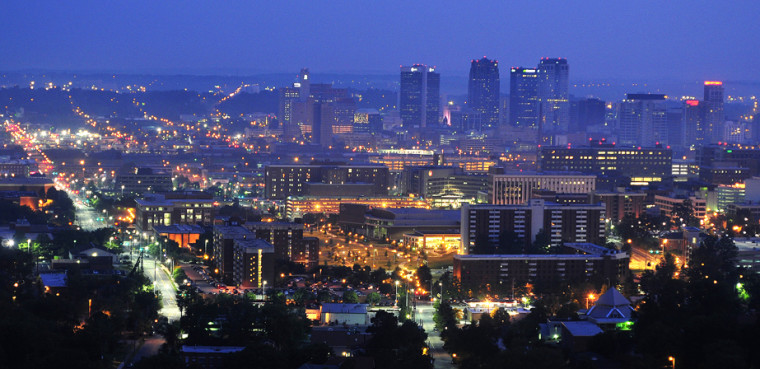In today’s post, I want to share part of a paper that I am presenting today with some colleagues at the annual meeting of the Association for the Study of Higher Education. I believe that one of the most pressing areas for future research is cities and higher education.

Higher education institutions can play a significant role in the long-term social and economic success of their surrounding locales. The multifaceted needs of cities and the complex web of relationships between cities and institutions increase the pressure on higher education institutions to participate as active members of their communities (Taylor & Luter, 2013).
Cities may possess multiple major universities, academic hospitals, research institutes, and intricate networks and linkages across sectors. Modern competitive cities are those that support economic innovation, collaboration with the private sector, a healthy transportation infrastructure, and strong links between academia and business (McKinsey Global Institute, 2012).
The decline of manufacturing industries and the shift towards a high skill knowledge economy in the latter 20th century brought attention to how these features can be developed in cities. This shift requires urban areas to transition their local economies from a historical focus on industrial production to large-scale knowledge production and services.
Perhaps reflecting the idyllic small college town archetype, much of the current literature on the social and economic benefits of higher education focuses on small towns and rural locations (Beck, Elliott, Meisel, & Wagner, 1995; Cantor, Englot, & Higgins, 2013; Fowkes, 1983; Moore & Suffrin, 1974).
Yet urban regions have long served as hubs of national development (United Nations, 2010), and today, the majority of the world’s population lives in cities. In a 2012 policy report on cities and the emergent consumer class, the McKinsey Global Institute suggested that the definition of a “city” reflects an expansive city-region that not only includes the core city, but also the surrounding metropolitan area that forms a cohesive urban region.
Using this broader definition, cities encompass sizeable geographical, economic, and social areas that feature a wide array of populations and activity.
The importance of cities will likely only grow in future decades. The United Nations (2010) estimates that, by 2050, 69% of the world’s population will be located in cities, defined as urban agglomerations with at least 750,000 inhabitants.
This trend is especially evident in the United States where 80% of the population currently resides in cities, a percentage estimated to rise to 90% by the middle of the 21st century (United Nations, 2010).
The rise of the city as a pivotal hub of the global economy, the concurrent decline of national governments, and the lack of public funding pushed the university into a role as a regional economic booster (Ohmae, 1995; Russo, van den Berg, & Lavanga, 2007). Universities offer access to knowledge networks, deliver knowledge to students and workers, and improve local business environments (Benneworth & Arbo, 2006; Paul Chatterton & Goddard, 2000; Clark, 1998).

